Horror as a genre has always striven to challenge the conventions of American society as we see it—a daring confrontation of anything pop culture would rather keep under wraps. Ignorance is bliss, and horror isn’t too keen on prioritizing its audience’s happiness. Rather, it thrives on what makes us cringe, what throws our hands over our eyes and makes our skin crawl—and that’s just how audiences like it. A vessel for critique, we’ve seen a plethora of horror films shedding light (or bloody special effects) on social issues.
From the “horror” film’s inception—with the genre first being coined by Universal Pictures’ iconic Frankenstein (1931) and Dracula (1931)—we can see these films acted to magnify fears held by society at the time. Surrounding these films’ debuts lingered tensions from World War I, particularly resulting in a profound phenomenon of isolationism. In this American desperation to remove itself from anything foreign, American filmmakers, too, caught onto that fear of the unknown or outside threats. We can see this most evidently in Dracula: portrayed by Bela Lugosi, our titular villain totes a quintessential “Count Dracula” accent; however, this dialect is not the result of some prodigious character study. The renowned “vampire” voice we’ve come to know was just Lugosi, a Hungarian man, struggling with English. The fear of Dracula is partly credited to the concept of a blood-sucking monstrosity, yes, but it too lies in Americans’ accumulative misconception of what threat foreign individuals may pose.
Expanding upon this phenomenon, we can see examples of societal anxieties being emphasized through the horror film medium. In the 1950s and 60s, we see themes of the waning Red Scare and emergent Civil Rights Movement by the likes of the lionized Invasion of the Body Snatchers (1956). Here, the persisting fear of Communistic corruption can be seen through the literal replication and corruption of an otherwise everyday town’s citizens. In the 70s and 80s, while slasher films reached their Golden Age, the films were blatant in their distaste towards impious teenage sexuality and confronted topics revolving around women’s rights. Surrounding the HIV/AIDS epidemic is John Carpenter’s The Thing (1982), in which the primary conflict revolves around not knowing if a group of solely men has an unknowable, unseeable infection.
Today, we can utilize this pattern of subtle examinations of relevant conflicts to perhaps uncover our most prevalent and eventually historically notable social issues.
The first pattern we can bear witness to is found in the likes of Spree (2020), Bodies Bodies Bodies (2022), and Megan (2022). The themes of these pieces are the boom and subsequent bust of technology—something Americans have expressed anxieties about. A more underrated example of this is seen in Personal Shopper (2016), wherein a grieving woman is manipulated by an unknown texting entity after the traumatizing loss of her brother. This delves into the ever-growing fear of deepfakes and AI impersonations of loved ones, as well as the base level fear of compromising online safety, and concludes our certain collective paranoia on a technologically dystopian future.
A more controversial genre in recent years is the infamous “torture porn.” An extreme version of the classic Slasher flick, in recent years our screens have been graced by the likes of the Terrifier (2018-2024) franchise, I Spit on Your Grave (2010), and Evil Dead Rise (2023). This resurgence in violent cinema is more timely than one might realize; the first big boom of bloodbath films was in the early 2000s, correlating with 9/11 and the Iraq War. Gore movies were at their height during this moment of contention—perhaps within the coined phrase, “headline stress disorder,” in which an onslaught of continual awful news sends society into an anxiety-fueled frenzy. Given this, we can see the relationship and correlation between our present stressors of seemingly endless horrible news, either via word of mouth or social media, and the content we see prevalent in horror mediums.
The possible horror to be found in governmental strife is also becoming increasingly laden in our media. The conflicts in American parliament are obvious, but the peoples’ reactions to it can be visualized through the horror media released in the past decade. Most obviously stands the Purge (2013-2021) saga, with another sixth installment on the way, but other examples can be viewed in Red State (2011), Culture Shock (2016), Soft & Quiet (2022), and The Hunt (2020). In these films, themes of inherent flaws within two-party systems, the unreliability of the elites, capitalistic critique, and systemic oppression are blatant. Additionally, director Jordan Peele is hot on the social commentary scene with Get Out (2017) and Us (2019).
What remains gory, horrifying, and socially pertinent will remain on our screens, because the horror genre challenges our deepest fears. Even while watching pig-skin-toting killers and malicious ghostly entities, there’s more beneath the surface of gory effects and eerie sound design. There will always be a Sharknado (2013) or Zombeavers (2014), but there’s so much more to be found beneath a horror film’s chilling facade.

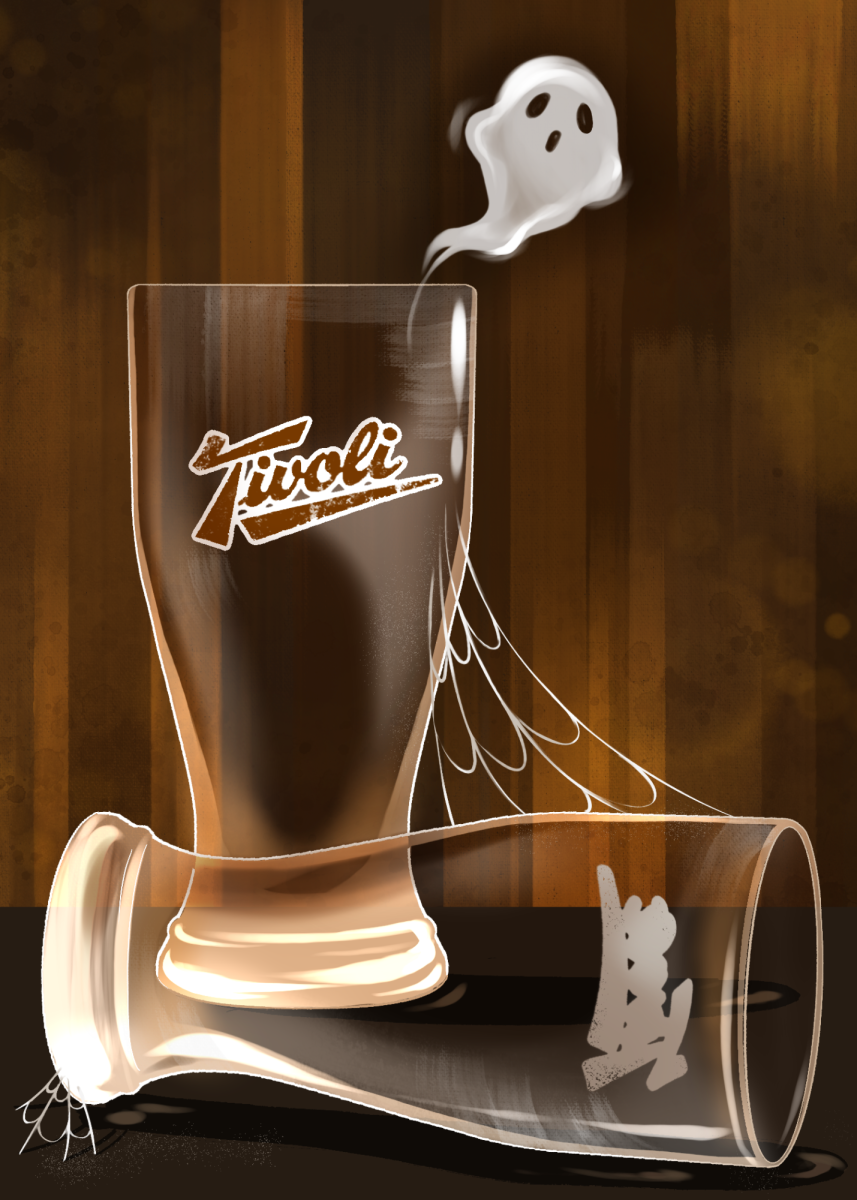



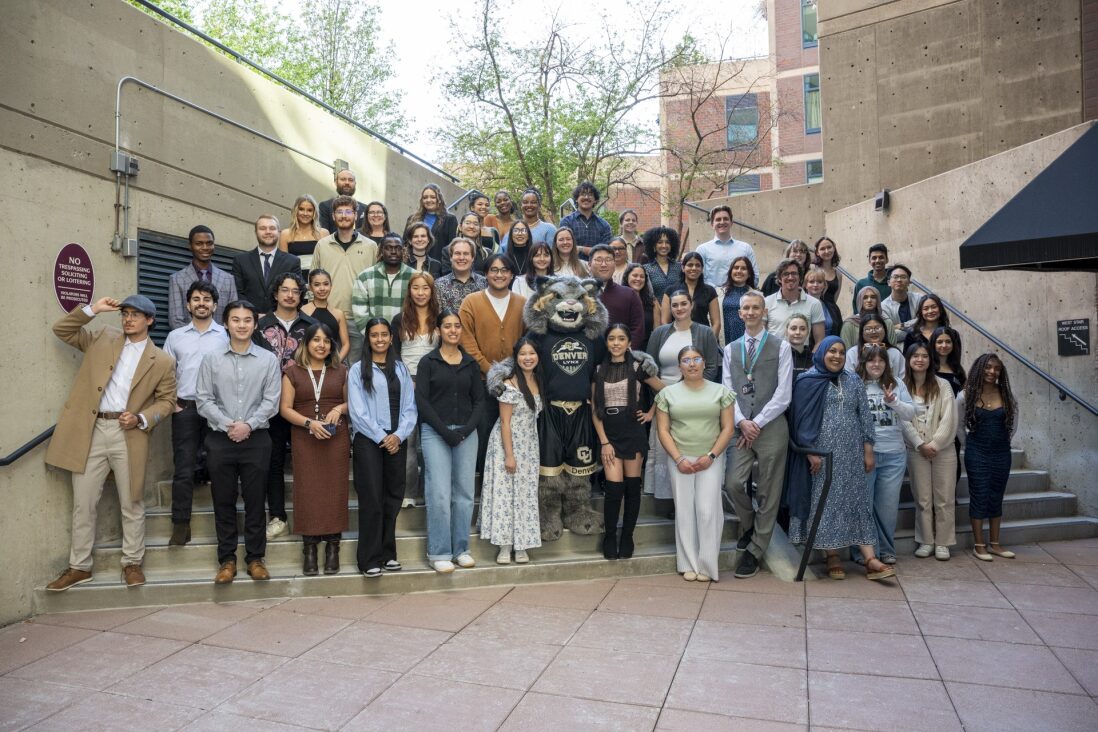

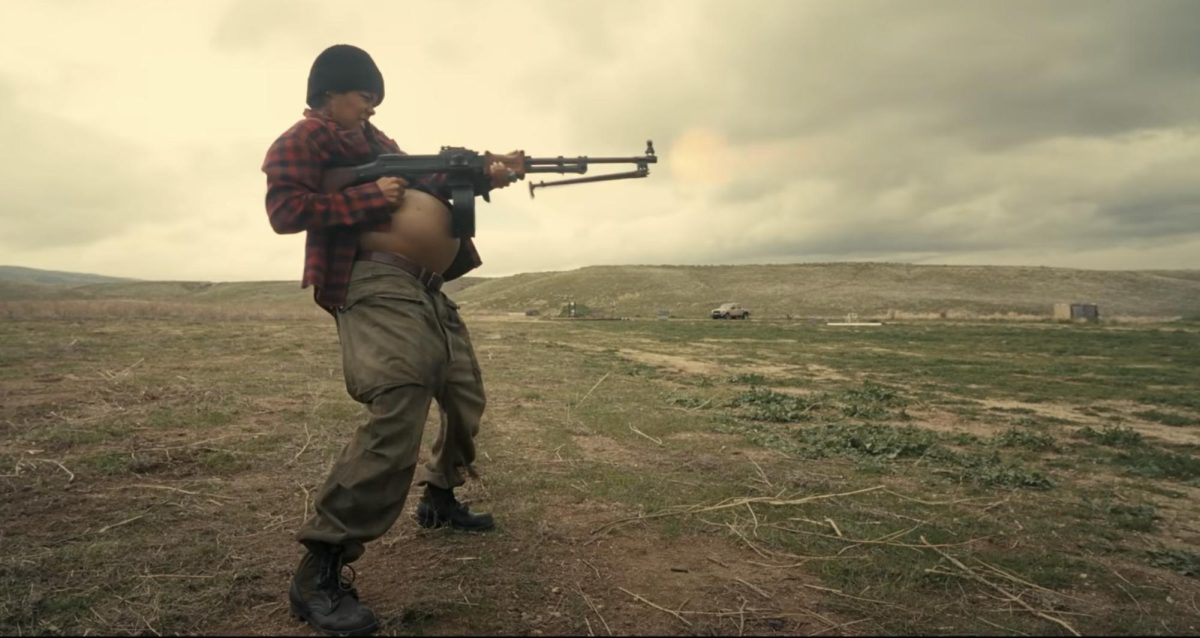

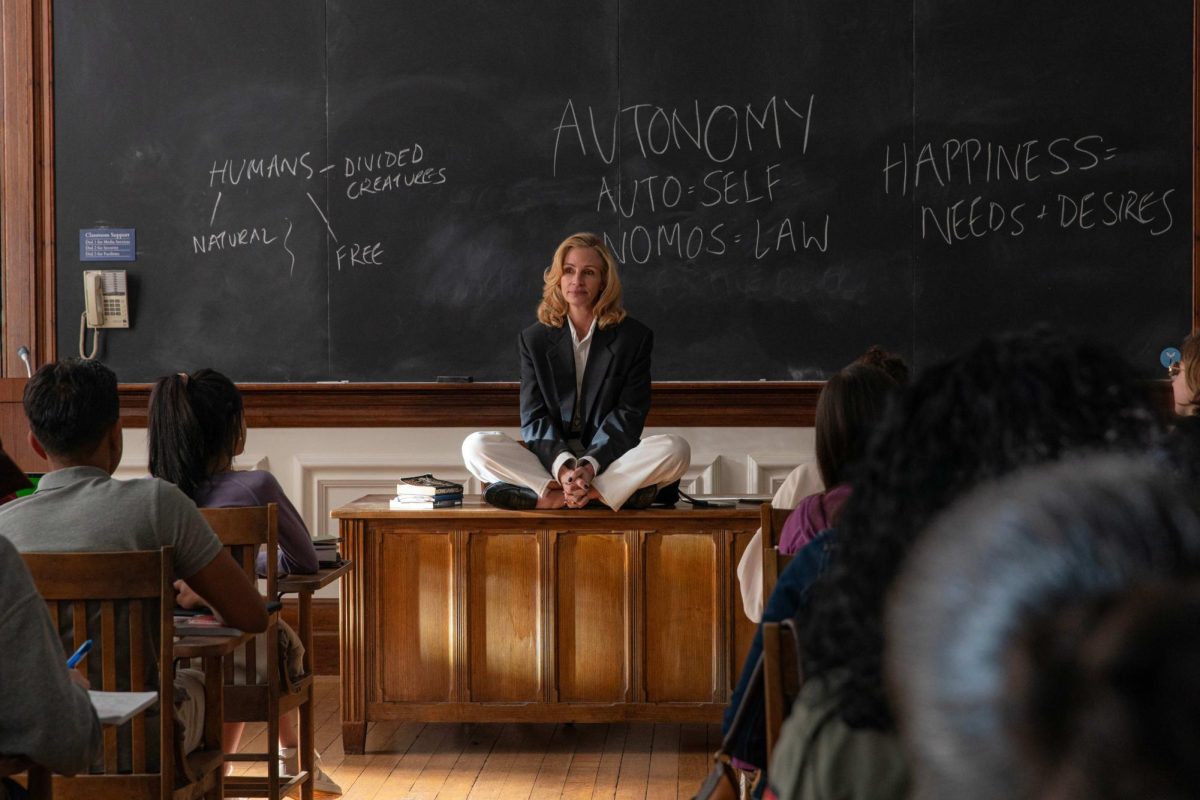





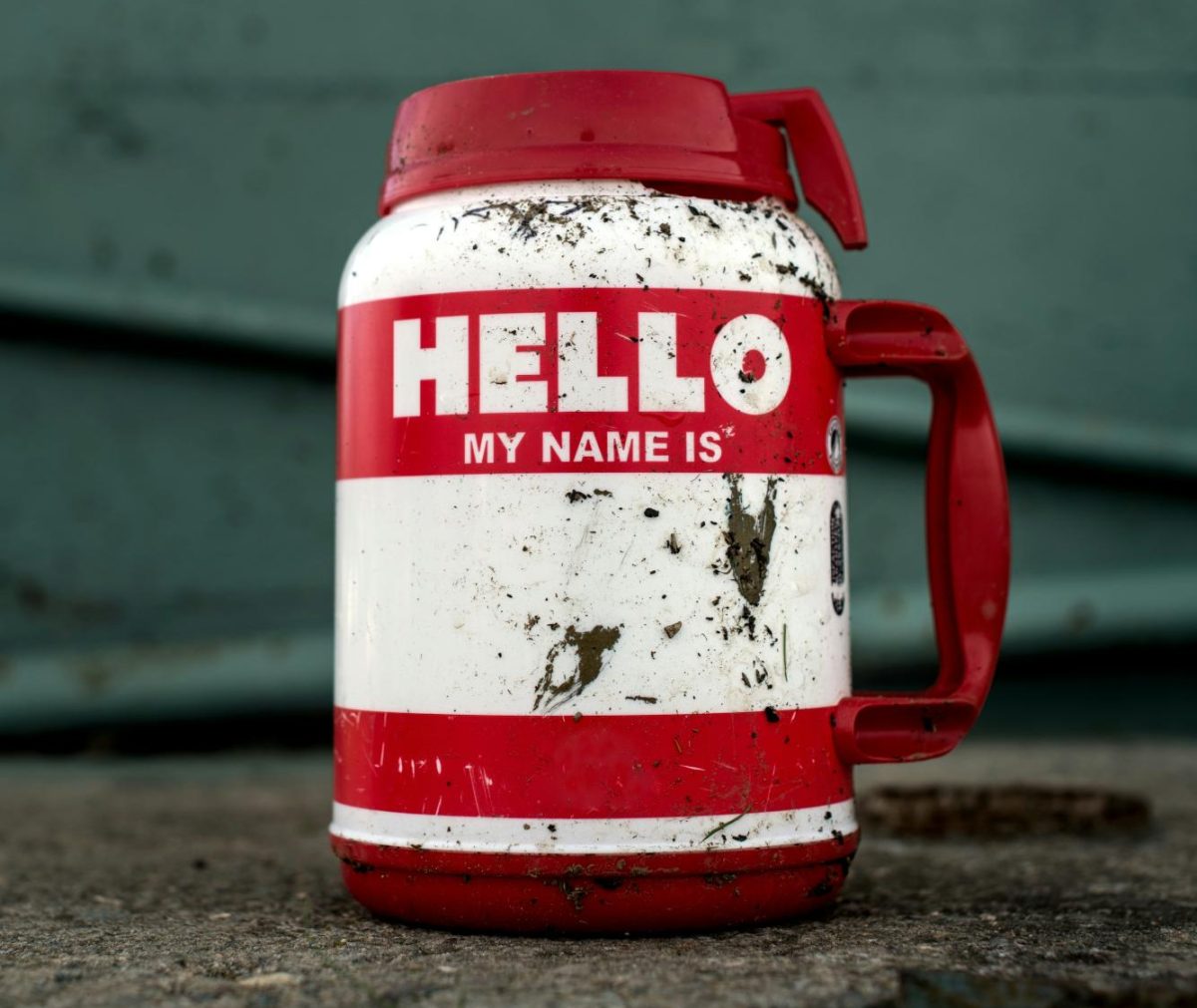

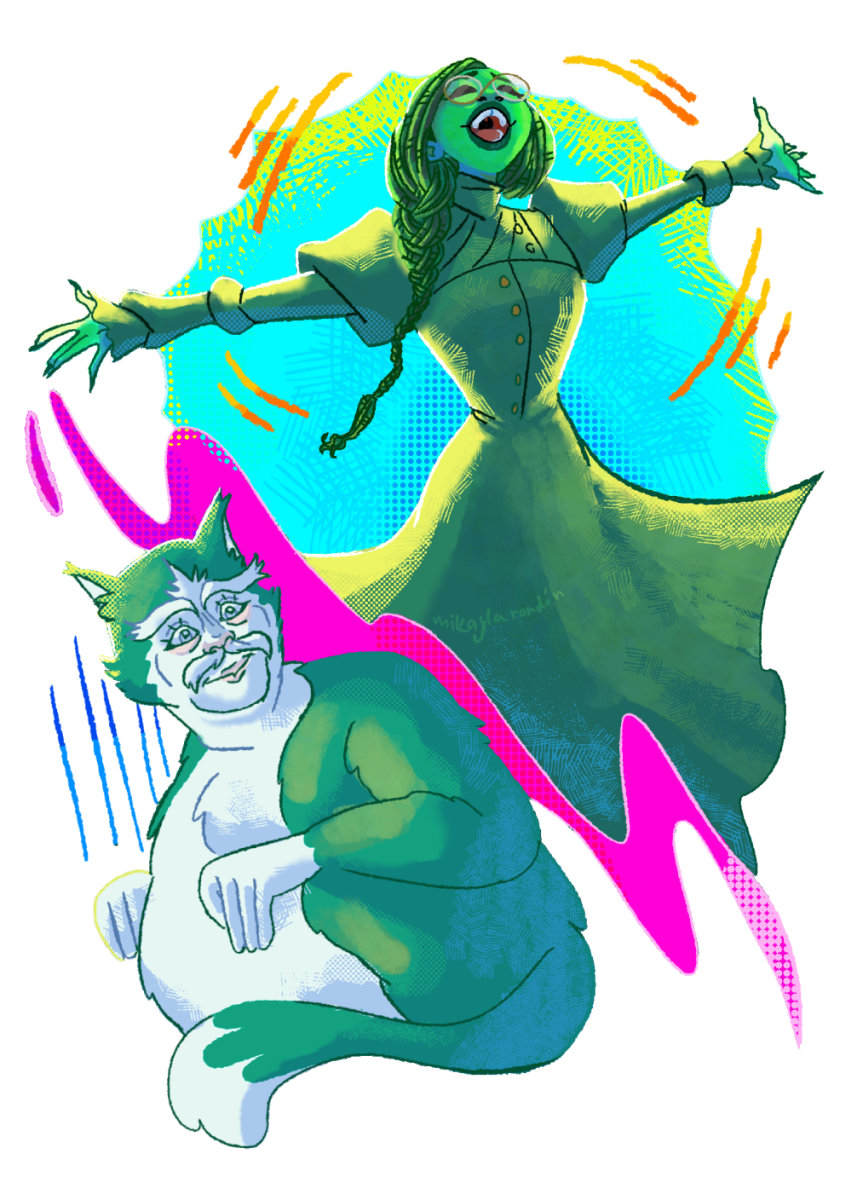

Sakinah • Feb 17, 2025 at 11:30 pm
Very insightful…..
amélie • Feb 17, 2025 at 8:51 pm
fantastic, 10/10, jazz hands